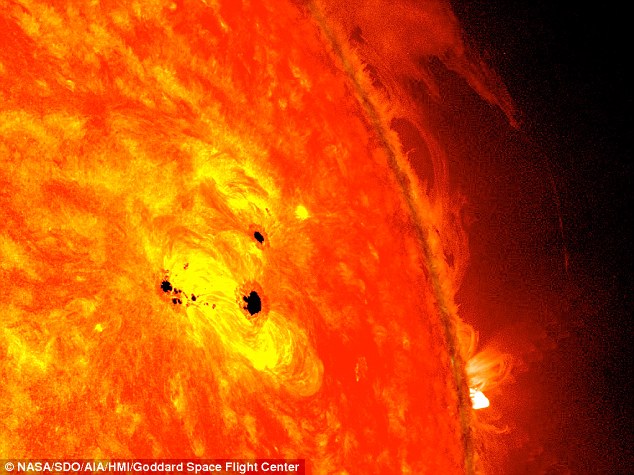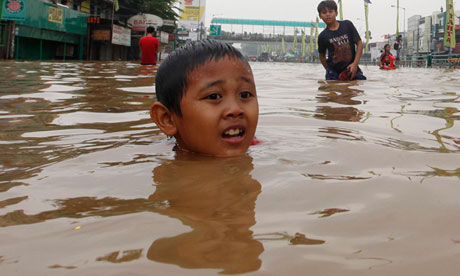
© Julian Harris and Dominic Clarke
Flowers may be silent, but scientists have just discovered that electric fields allow them to communicate with bumblebees and possibly other species, including humans.
It's well known that color, shape, pattern and fragrances allow flowers to connect with pollinators, but the new study, published in the journal
Science, adds electricity to this already impressive lineup.
"We just now have discovered that electrical potentials, an unavoidable by-product of flying in air for bumblebees and being grounded for the flower, is being exploited to benefit both parties," co-author Daniel Robert told Discovery News. It's "another example of the beauty of evolution," added Robert, a professor in the University of Bristol's School of Biological Sciences.
He explained that bees have a positive electrical charge because they fly in air, which is full of all kinds of tiny particles, such as dust and charged molecules. Friction from these particles causes bees to lose electrons, leaving bumblebees positively charged.
Flowers, on the other hand, "are electrically connected to ground," he said. Unlike copper wire, which transfers charges very quickly, plants conduct electricity very slowly and tend to possess a negative charge.




Comment: The planet's atmosphere may generally serve to protect us from overhead explosions of incoming space rocks, but what if the composition of the atmosphere changes, enabling more bodies to come closer to the surface or facilitating greater electrical exchange between bolide and planet?
Shields down! Earth's magnetic field may drop in a flash
Leaks found in Earth's protective shield
Earth's magnetic and gravity fields are going through some changes
Earth's Magnetic Field Is Fading
Earth's atmosphere "breathing" more rapidly
A Puzzling Collapse of Earth's Cooling Upper Atmosphere
Earth Losing Atmosphere Faster than Venus, Mars
Unexpected Cooling Effect Observed In Saturn's Upper Atmosphere
New Pluto images show changing atmosphere
Pluto's Expanding Atmosphere Confounds Researchers
Large recent changes noticed in composition of Venus atmosphere
There are actually many historical accounts of devastation from above, although they have until now been assumed to be allegorical or mythical. Comets and the Horns of Moses presents many of these to give us a whole new understanding of the role of the cosmos in the course of human history.